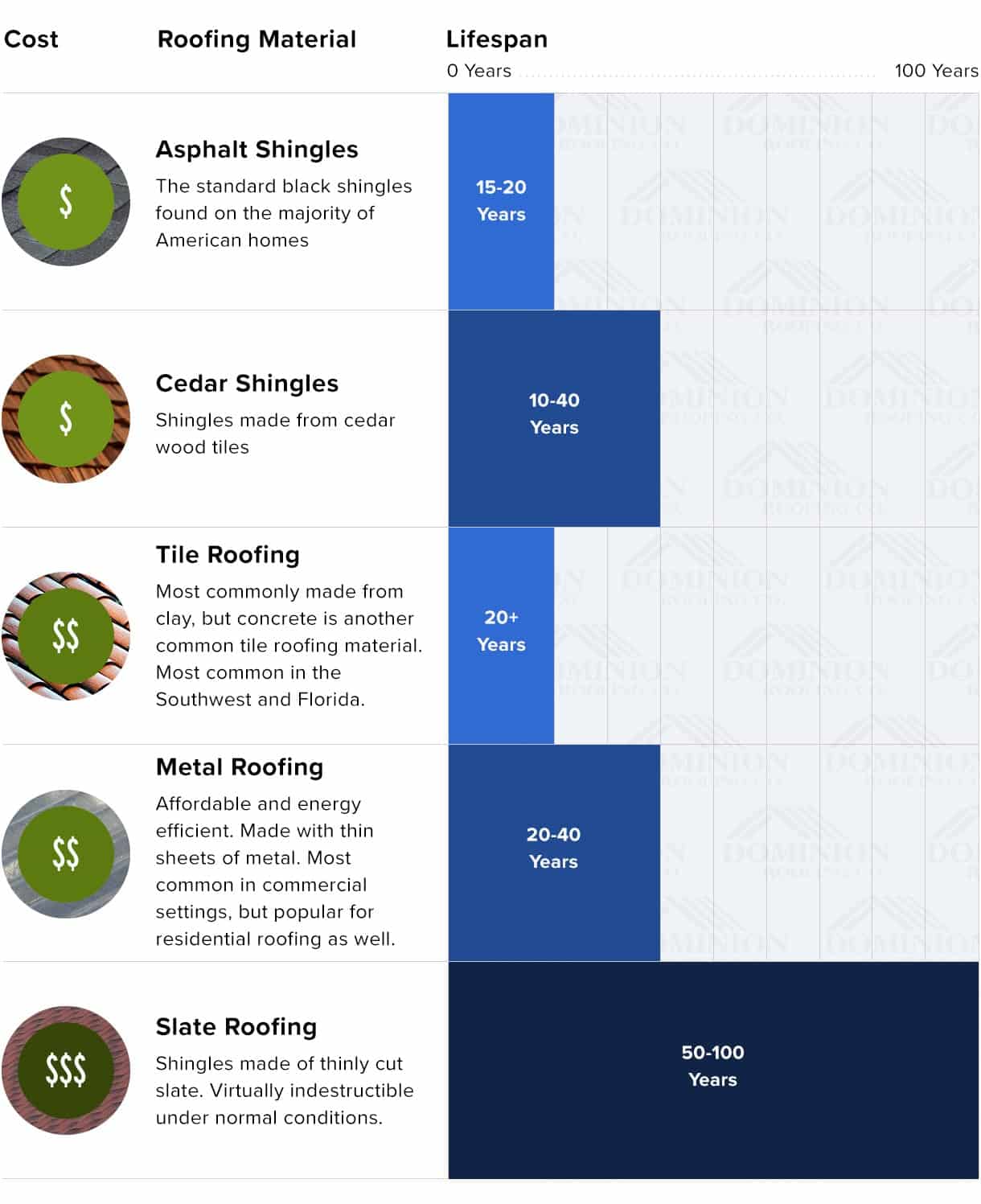Usual Errors In Roofing Setup And Exactly How To Prevent Them
Usual Errors In Roofing Setup And Exactly How To Prevent Them
Blog Article
Composed By-Parsons Rogers
When you're planning a roofing system setup, it's simple to neglect essential details that can cause significant issues down the line. You might be attracted to cut edges on product choice or avoid proper blinking setup, but these typical blunders can bring about pricey repair services later. Comprehending the significance of air flow and adhering to neighborhood building regulations is necessary for an effective task. So, what are the vital actions you should take to ensure your roof stands the test of time? Let's discover some efficient strategies to stay clear of these pitfalls.
Poor Material Choice
When it concerns roof setup, picking the wrong materials can bring about costly troubles down the line. You may assume that any type of roof material will do, but that's a common false impression. It's essential to select materials that suit your neighborhood environment and the certain requirements of your home.
As an example, if you stay in an area with hefty rain or snow, opting for asphalt roof shingles may not be the best selection. Instead, think about more sturdy choices like steel or slate.
Furthermore, take note of the quality of the products you're thinking about. Cheap materials could save you money upfront, but they frequently do not have durability and can lead to frequent repair work or substitutes.
You must additionally think about the design of your home and make sure the materials you pick will maintain its aesthetic charm.
Ultimately, do not fail to remember to speak with professionals. They can give beneficial insights and advise materials that abide by local building ordinance.
Investing time in proper product selection currently can aid you prevent headaches and expenditures in the future, making your roof covering job a success.
Inadequate Flashing Setup
Picking the ideal products isn't the only variable that can bring about roofing issues; poor flashing installation can also create considerable issues. Flashing is crucial for directing water far from susceptible locations, such as smokeshafts, skylights, and roofing valleys. If it's not set up correctly, you run the risk of water intrusion, which can result in mold and mildew development and structural damages.
When https://www.teslarati.com/tesla-solar-roof-colored-textured-tiles-patent/ mount blinking, ensure it's the appropriate type for your roofing system's design and the local environment. As an example, metal blinking is often much more long lasting than plastic in locations with heavy rain or snow. See to it the flashing overlaps suitably and is safeguarded securely to avoid spaces where water can leak through.
You should also take note of the installation angle. Blinking must be positioned to route water away from the house, not toward it.
If you're unclear concerning the installment procedure or the materials required, get in touch with an expert. They can aid identify the most effective flashing choices and make sure everything is mounted correctly, safeguarding your home from possible water damage.
Taking these actions can save you time, money, and headaches later on.
Neglecting Ventilation Demands
While several home owners focus on the aesthetic and architectural facets of roof covering setup, neglecting ventilation demands can bring about severe long-lasting repercussions. Appropriate air flow is important for controling temperature and wetness degrees in your attic room, protecting against concerns like mold and mildew growth, timber rot, and ice dams. If you don't install sufficient ventilation, you're setting your roof up for failing.
To prevent this error, first, evaluate your home's particular ventilation needs. A balanced system generally includes both consumption and exhaust vents to advertise airflow. https://generalroofingcontractors40505.blog-ezine.com/34102556/how-frequently-is-it-suggested-to-have-your-roofing-system-examined have actually installed soffit vents along the eaves and ridge vents at the top of your roofing system. This combination enables hot air to run away while cooler air enters, maintaining your attic area comfortable.
Likewise, think about the kind of roof covering product you've chosen. Some products might call for extra air flow approaches. Confirm your regional building regulations for air flow guidelines, as they can differ considerably.
Finally, don't fail to remember to examine your air flow system routinely. Clogs from particles or insulation can impede air flow, so keep those vents clear.
Verdict
To conclude, avoiding usual roof covering installment errors is crucial to guaranteeing your roof's long life and effectiveness. By selecting the appropriate products for your climate, setting up flashing properly, and addressing ventilation needs, you can protect against expensive concerns later on. Don't fail to remember to familiarize on your own with local building regulations and routine regular evaluations. With these steps, you'll enjoy a risk-free, durable roof covering that safeguards your home for many years to find. Satisfied roof covering!
